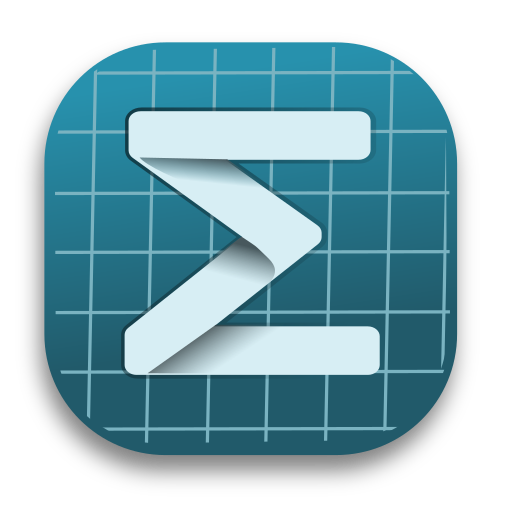Developing on macOS
This guide is for Mogan Research. For other components, the steps are similar to this one.
Step 1: Install xmake and xrepo
For Homebrew:
brew install xmake qt
brew install pkg-configSometimes, we need the latest xrepo:
bash
xrepo update-repoStep 2: Config
xmake config --yes -c --qt=/opt/homebrew/share/qt/The Qt Dir might not be /opt/homebrew/share/qt, please adjust it if needed.
Step 3: Build
bash
xmake build researchStep 4: Run tests
See How to test。
Step 5: Launch Mogan Research
bash
xmake run research